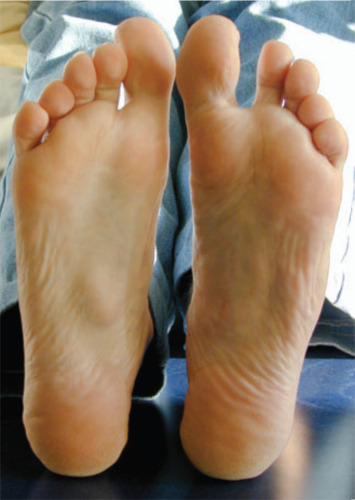
Plantar Fibromatosis, also known as Ledderhose disease, is a condition characterized by the growth of benign fibrous nodules or lumps in the plantar fascia, which is a thick band of connective tissue located on the sole of the foot. This condition is similar to Dupuytren’s contracture, a condition in which the same type of nodules occur in the hand.
The exact cause of plantar fibromatosis is unknown, but it is believed to be associated with genetic factors and certain medical conditions such as diabetes, liver disease, and alcoholism. The condition typically affects middle-aged and older adults, and is more common in men than women.
Symptoms of plantar fibromatosis can vary, but typically include the development of one or more firm, rubbery nodules in the arch or heel of the foot, which may be painful or tender to the touch. The nodules may grow slowly over time, and in some cases can cause the toes to curl or the arch of the foot to become flattened.
Treatment for plantar fibromatosis may include stretching exercises to improve range of motion, strengthening exercises to improve foot and ankle strength, and the use of modalities such as heat, ice, and electrical stimulation to reduce pain and inflammation. In some cases, custom orthotics or supportive footwear may also be recommended to help relieve pressure on the affected area.
Surgical treatment may be necessary in cases where conservative treatment is not effective, or if the nodules are causing significant pain or limiting mobility. Surgery typically involves removing the nodules or releasing the tightened fascia, and may be followed by physiotherapy to help restore normal function and prevent recurrence of the condition.
It is important to consult with a healthcare professional if you suspect you have plantar fibromatosis, as early diagnosis and treatment can help prevent further damage and improve overall outcomes.
